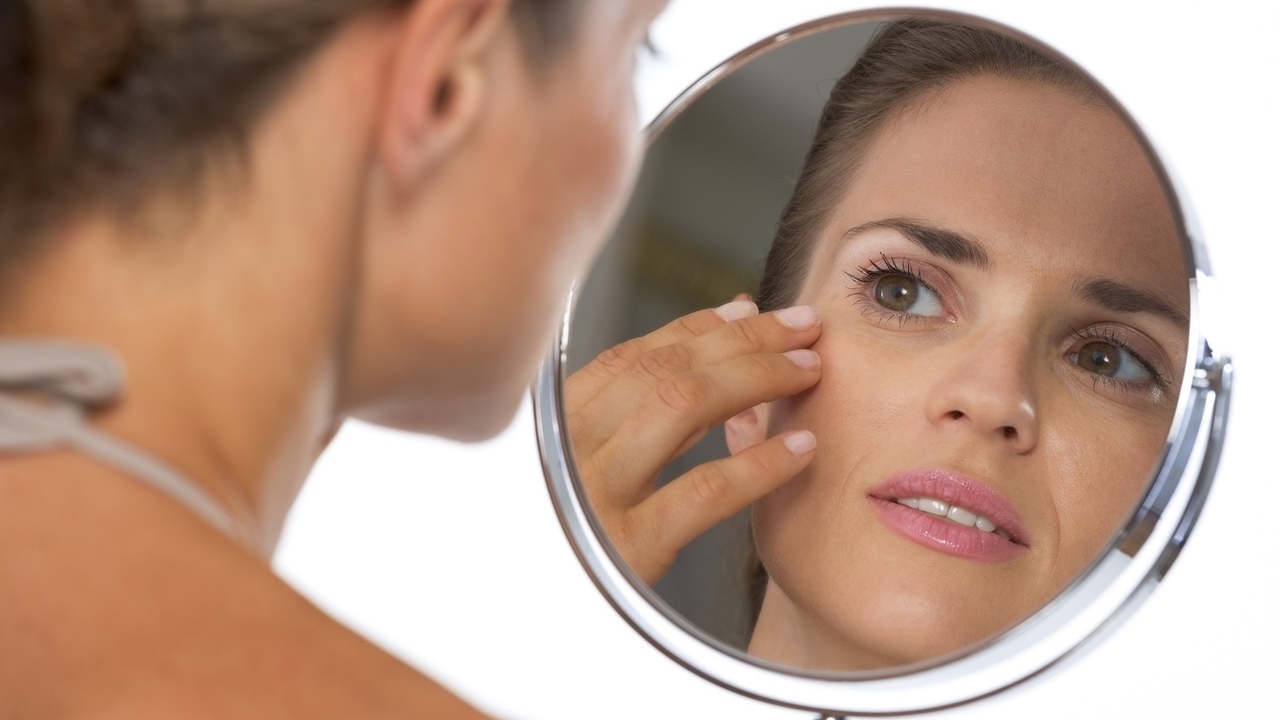Red eye is a symptom of many different conditions, ranging from insignificant to sight-threatening. A review article from the Cleveland Clinic describes these in three categories: one, conditions that can be managed by a general practitioner, two, conditions that should be referred to an ophthalmologist within 48 hours, and three, conditions needing immediate referral to an ophthalmologist.
The least serious possibilities for red eye are as follows:
1. Conjunctivitis. The conjunctiva is a thin membrane lining the whites of the eyes and insides of both eyelids. Conjunctivitis is inflammation of this membrane, and may be caused by allergy, viral infection, or bacterial infection. Treatment depends on the cause.
3. Blepharitis. This is inflammation of the eyelid margins, at the base of the eyelashes, generally caused by infection. Treatment includes eyelid hygiene and possibly antibiotics.
4. Corneal abrasion. Minor scratches to the cornea produce pain and redness, but are not an eye emergency. No treatment is necessary in many cases. Antibiotic ointment may be prescribed for deeper scratches.
5. Keratoconjunctivitis sicca (dry eye). Artificial tears are the initial treatment. If these are not sufficient, an ophthalmologist can recommend further options.
6. Thyroid eye disease. Eyedrops are sufficient for mild cases.
7. Eyelid malposition. There are several varieties. Lagophthalmos is an inability to fully close the eyes. Treatment includes eye drops, taping at night, and possibly surgery. Entropion is an inward-turning of the eyelids, and ectropion is an outward-turning of the eyelids. Surgery has high success rates. Floppy eyelid syndrome produces symptoms mainly at night. Taping or protective eye shields may be sufficient. Surgery is also an option.
8. Pingueculae, pterygia, and episcleritis. These are less common conditions that can be treated in a primary care setting.
More serious conditions that cause red eye include scleritis, acute anterior uveitis, canaliculitis, dacryocystitis, acute angle-closure glaucoma, a foreign body in eye, and keratitis. Eye pain is a symptom of all these conditions. Light sensitivity, blurred vision, halos around lights, and swelling are other symptoms in this category.
The reference article recommends referral to an ophthalmologist if the patient with red eye has any of the following:
1. Use of contact lenses
2. Vision changes
3. Severe pain
4. Systemic symptoms such as nausea, vomiting, or severe headache
Reference:
Galor A et al, “Red eye for the internist: When to treat, when to refer”, Cleveland Clinic Journal of Medicine 2008 Feb; 75(2): 137-145.
Linda Fugate is a scientist and writer in Austin, Texas. She has a Ph.D. in Physics and an M.S. in Macromolecular Science and Engineering. Her background includes academic and industrial research in materials science. She currently writes song lyrics and health articles.




Add a Comment1 Comments
Patients presenting with painful red eye(s) or corneal abrasions and who wear contact lenses are at high risk for bacterial keratitis (predominent organism: Pseudomonas aeruginosa). Do not patch eye, prescribe anti-pseudomonal antibiotic drops
October 14, 2012 - 9:08amThis Comment